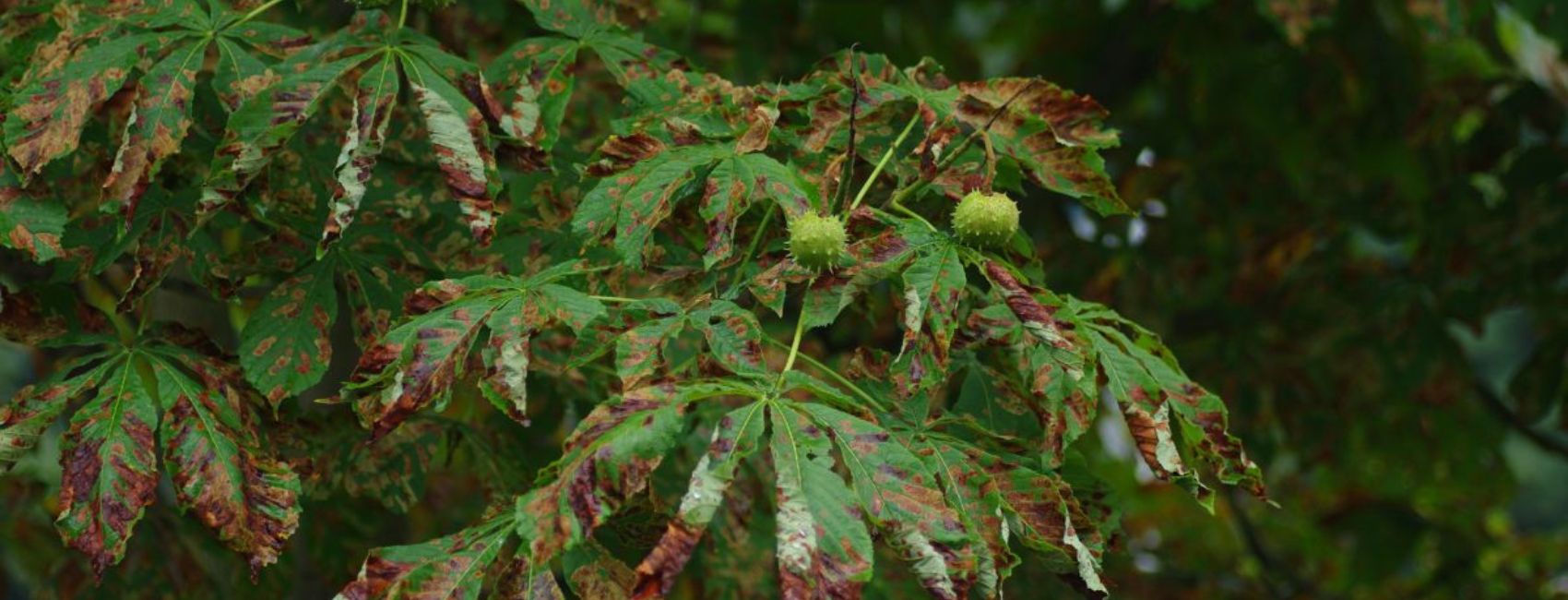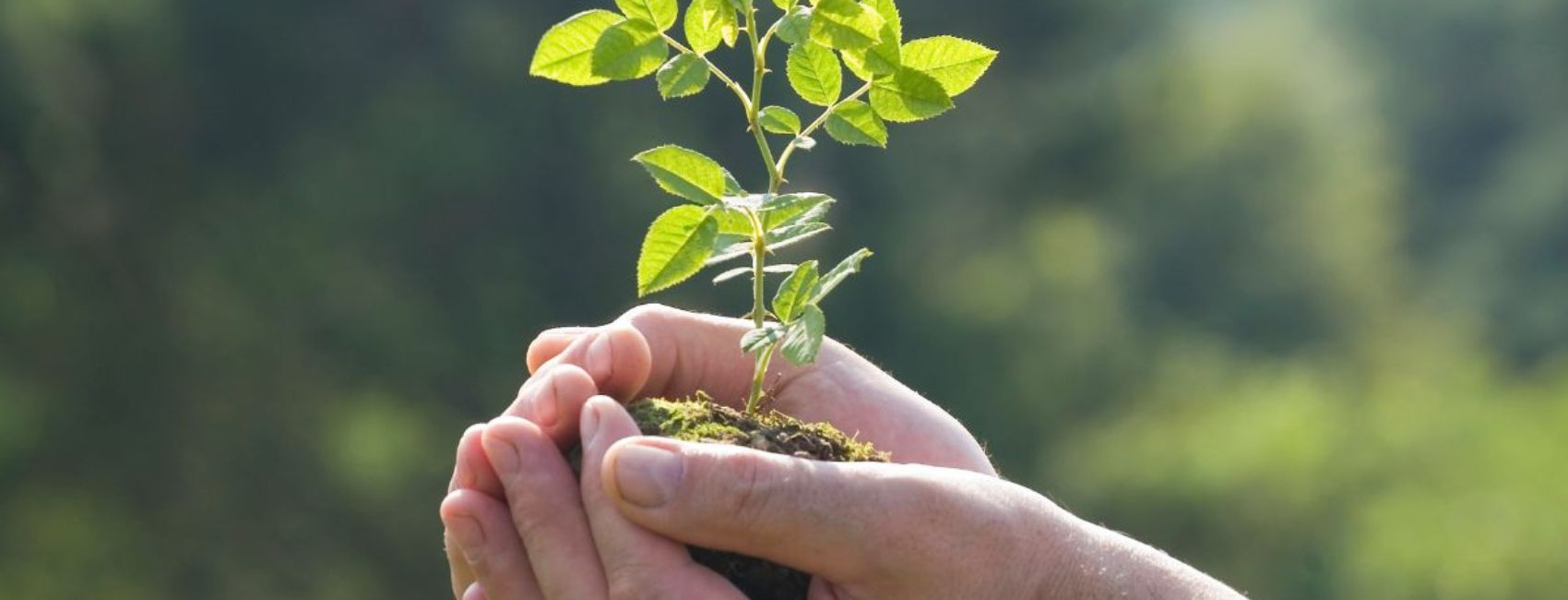Tiny Forests
What can Tiny Forests do for your local ecosystem? Across our country and many others, there has been a movement to create mini forests. This movement will inevitably improve the overall health of whatever community these forests are placed in, both physical and mental. When thinking about planting mini forests, some call them micro or…
William Gambone
What can Tiny Forests do for your local ecosystem?
Across our country and many others, there has been a movement to create mini forests. This movement will inevitably improve the overall health of whatever community these forests are placed in, both physical and mental. When thinking about planting mini forests, some call them micro or macro forests. This should be done with a great deal of planning and care. These habitats are created by planting six hundred native trees and shrubs in an area the size of a tennis court. This roughly ends up being three trees per square meter. Saplings of all sizes, anywhere from twelve to forty inches tall, are used. We plant them thick for the connections to happen quickly. Planting this amount helps us not rely too heavily on one specific tree type to thrive. This will help to avoid things like the Emerald Ash Borer that can wipe out the Ash tree’s entire existence quicker than are contained. Because of this, It’s recommended not to plant more than five percent of any one type of tree. Those who’ve created mini forests have seen hundreds of species within the first three years of growth. Using a large mix of native planting helps ensure that one species does not choke out the rest. Pick trees native to your county specifically. This should be as diverse as possible, bringing in a diversity of animals, butterflies, pollinators, and ground dwellers who are given back their space, bringing large numbers of bird populations back to the area. Old historians, nurseries, and local libraries are sources for learning what was once natively growing in your area.
The benefits of these mini forests are incredible. They can catch carbon while also creating wildlife habitats, helping improve impervious space, lowering the possibility of flooding, and recharging groundwater in areas where it’s needed to help prevent pollution in our waterways. Planting a mini Forrest is not for decoration. It is for rebuilding our ecosystems and reconnecting those to nature. The visual outcome is slightly different than what we are used to. There are homeowners taking charge in their areas right now who know the importance of native plantings for our communities, eliminating the need for manicured lawns. In urban settings, soils of Tiny Forests are up to twenty degrees cooler than the temperature of a city street and help block the transference of city noise. Everyone everywhere is using energy that is taking its toll on our earth and its resources. While typing away on my laptop, the TV blares, my husband plays his PS4, and my soundproof headphones assist in music streaming from Apple Music. This energy emits carbon dioxide into our surroundings. These mini forests are carbon sinks, their leaves collecting our CO2. More CO2 creates a hotter environment, drier soils, and less predictable weather patterns.
Soil preparation and testing are essential parts of this process. Understanding and knowing your native soil and the microenvironment of your community and working them into your planting process. We must become pickier about what we are planting and rethink what we buy from the nurseries. If local nurseries are not carrying what you’re looking for, look for ones that are, or put in a special request. Before planting, the Soil should be excavated to a depth of two feet. Be sure to mix in native compost, melding it together and letting it sit for a month. Depending on your township, a PA one-call could be needed. The deeper the soil, the more micronutrients are available for the plant’s health. The subsoil is typically dense the plants could have a tough time penetrating through. Roots are eventually able to interconnect with one another within the soil, transmitting communications through fungi and underground connectors. Plants receive nutrition and water through this process which is critical to all tiny Forests.
There are a few methods for building mini forests, The Miyawaki method, which gives you a growth rate of three feet within a year, and the Sharma method. While regular forests can take a hundred years to reach maturity, these forests can be fully mature within ten years. These methods include planting a diverse mix of tall canopy trees, preferably midline trees like shrubs native to the land. It is also essential to improve the topsoil as needed. As the leaves fall upon the floor, it becomes insulated from weeds after some time. Mulching and wood chips will be used for the first three years of the forest’s life. Go with whatever is native to your area. Mulch also helps protect the saplings and new growth from frost. The mulch freezing allows the soil to breathe and gives the microbes nutrition to the trees through it. Make sure whichever you choose allows water to penetrate the compost and does not allow oxygen to travel through, becoming too thick fo,r the roots to penetrate. It is best to start these mini forests in areas with direct sunlight. The results end up helping keep humidity low and communities cooler. The forest, within three years, becomes self-sustaining, creating a permanent canopy without going through successional stages. This means the space grows as quickly as possible. The trees reaching for sunlight happens at a faster speed. Some articles say it can take up to ten years of intensive care until these forests no longer need assistance. Depending on the size of the forest and the items planted, with a combination of competition and collaboration, regeneration begins to happen naturally over the years. It is best to ensure you have access to wood chips, mulch, and a water tank for watering. Most Native species do not need to be watered often as wood chips help keep moisture in the soil.
Communities all over the world are getting involved in this mission. Nature can help people heal. We can heal the land while the land heals us through the act of planting and restoring our surrounding ecosystem. This can start right where you are. Try getting community or local schools’ involved where you can. These Tiny Forests are huge science labs providing children and their teacher’s hands-on involvement with the nature around them. If you’re looking for funding, you can reach out to local corporations or businesses and see if they would be willing to help, perhaps pairing up with local municipalities to help facilitate your local mini forest project! States and Cities are receiving 1.5 billion dollars in urban forestry funding which will be transformative to our country in helping create more of these micro forests over the years.
Tiny Forest – Scott Alvin Penn State
Conservation Botany in Erie PA; John Vanco
https://oicr-e4.org/tiny-forests
•
https://fivemedia.com/articles/the-tiny-forests-regreening-our-cities/
https://www.bbc.co.uk/sounds/play/p094c7jm
Earth Watch Europe
fastcompany.com Alex Brown “We’re being a little pickier’: How cities are rethinking their trees in the face of climate change.

William Gambone
With almost 40 years of success in the tree care industry, it is evident that Bill’s passion extends beyond just the trees. He takes great pride in building relationships within the community, making B.G.





